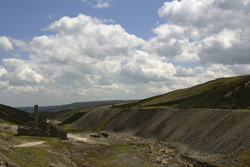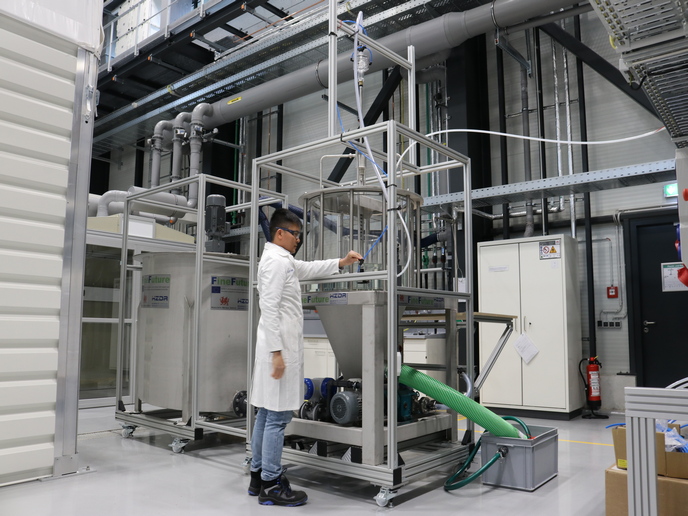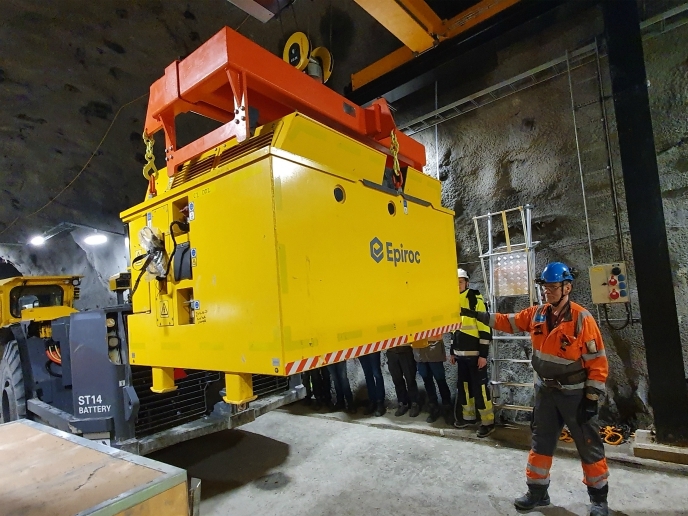Improved risk assessment for heavy metal contaminated soil
The simple heavy metal extraction schemes currently in use cannot assess the proportion of metal present that is actually transferable to an aqueous medium as an ion. The labile fraction is a truer indicator of risk, not rather than the total soil concentration, and it can vary widely depending on a number of factors. Given the toxicity associated with even small amounts of some heavy metals, accurate assessment is critical to safety. With the support of EU funding, the project MEDEA was launched to investigate the use of one of the most sophisticated methodologies available, isotope dilution (ID). Scientists applied ID to contaminated soil types in two regional case studies. They also assessed the ability of ID to assess labile heavy metal content in fly ash (also known as flue ash, produced from the combustion of coal). Metals of interest were lead, zinc and cadmium. The Rookhope catchment has been a lead mining area since Roman times. The team identified the best model of lead uptake by grass and heather, and also showed that managed heather burning recycles lead within the soil–plant system. MEDEA outcomes will be particularly useful to owners of grazing cattle and to the grouse management. In comparison, other sources of contamination such as sewage stations, power plants and leaded gasoline have polluted the River Trent catchment. The team confirmed the benefits of measuring the labile pool of metals to predict metal concentrations in solution. Interestingly, deposited petrol-derived lead is still high in some soils despite the ban on leaded gasoline in 2000. MEDEA included the first application of ID assays to assess reactivity of elements in industrial by-products such as fly ash. The metals were minimally reactive and weathering had little effect on lability. EDTA extraction was found to be a simple, fast and cost effective analogue for ID assays to estimate metal lability. MEDEA provided important insights into the factors affecting heavy metal lability and reactivity both in soil and in fly ash. Heavy metals are an important public health hazard and MEDEA outcomes may help to reduce associated risks.







